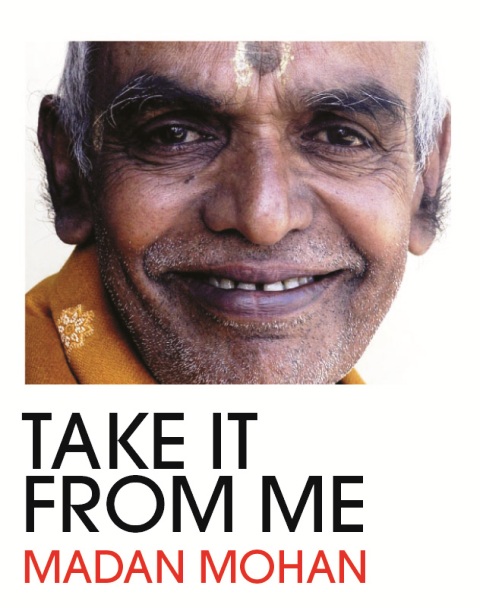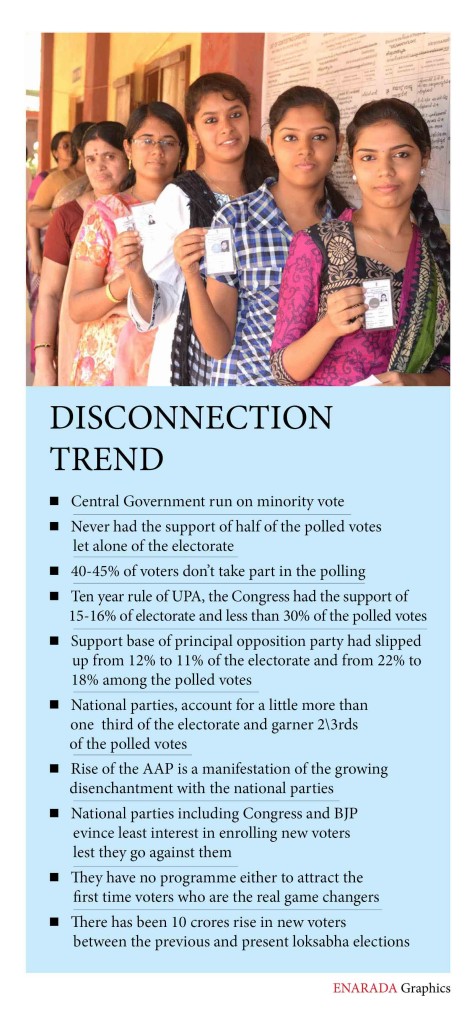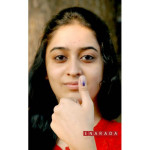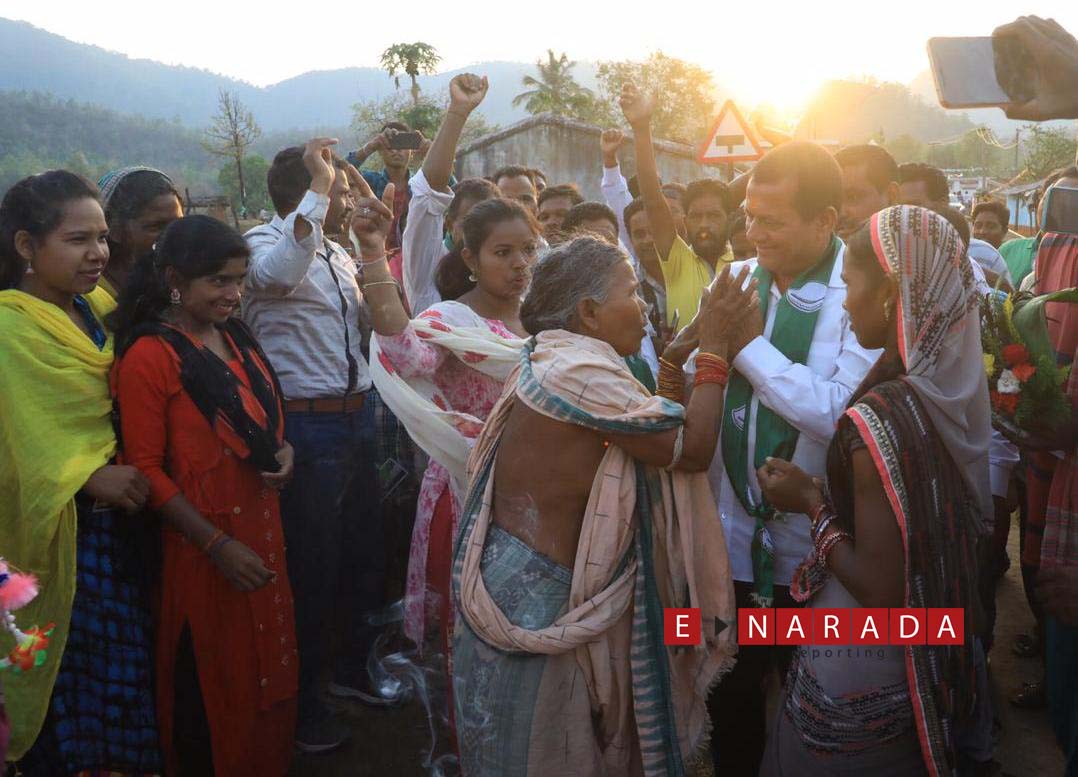ENARADA , Hubli
By MATHIHALLI MADAN MOHAN
One of the little known facts about the six decade old parliamentary democracy in the country, is that the parties which have ruled from the Centre have been hardly representative. While it is utopian to expect them to get support from the majority of the electorate, they have not been able to muster up support of the half of the polled votes too. It is the minority government, in a way which has been ruling us and this has happened in the best of the times of Nehru, Indira Gandhi, and Rajiv Gandhi.
The nearest to the halfway mark, that the Congress came was in 1971 when it could notch up support of only 43.68% of the polled votes, and in 1984 when the percentage remained a whisker below the halfway mark (49.10%). Otherwise it has a continuous journey down the hill all along.
The dawn of the coalition era has confirmed the trend, the disconnect between the mainline political parties and the electorate is growing rapidly. The Congress has lost the primacy and the BJP has not been able to move up. The three other national political parties, namely, the BSP, CPIM and the CPI have limited reach to be taken seriously.
Take the past six parliamentary elections held since 1991. The poll turn out has been less than 60%, barring the solitary case of 1998 election, when it had just reached the mark. That means more than 40% of the electorate of one of the biggest democracies of the world has been consistently staying away from polling, be they from urban areas or from the rural areas. The national capital territory of Delhi is notorious for low polling and this reputation is shared with the metropolitan towns like Mumbai, Bangalore and others of the ilk.
As a matter of fact an unenthusiastic participation of the voters in the election process has been the main cause for the political instability that is plaguing the country, ever since the Congress started exhibiting its incapability of providing a single party government at the Centre and BJP lost the opportunity for moving up the political ladder. And this has been primary cause of the political instability that has been staring at the county, with the dawn of the coalition era of governance at the Centre, which has inhibited decision making capacity of the party governments in power.
The UPA government led by Dr Manmohan Singh, which has been in office since 2004, has been a minority government. It did not even enjoy 20% of the support of the electorate (16%) and even among the polled votes, it share was little more than 26% in 2004, which slightly improved to 28.55% and remained far below one third support level too. This was when the electorate moved up from 67.14 crores to 71 crores between the two elections.
The plight of the BJP, which fell from the pedestal of the ruling party to cool its heel for two terms as the principal opposition party has been no different. Its vote share has been constantly falling from 13.97% in 1999 (when it was in power) to 12.86% in 2004 and further down to 11.4% in 2009. In terms of the valid votes polled, the decline is pronounced, with the share falling down from 24.98% in 1999 to 22.15% in 2004, and further declining to 18.8% in 2009. The three other national parties, namely, the BSP.CPIM.CPI, accounted for a total of 7.57% and 12.86% of the electorate and total votes cast respectively.
It is obvious that the national parties are no longer able to catch the imagination of the voters even as the electorate has been increasing and are badly slipping up in their vote share. An offshoot of this has been that regional parties are getting greater attention in the loksabha poll, though they have hardly anything to do in the governance of the country in number. This was noticed during the 1999 and 2004 elections when their percentage share of vote moved up to an all high 28% of the polled votes. But in 2009, this trend was arrested, with a loss of five percentage points.
The Luke warm participation of electors in the voting process has been the principal cause of the near political anarchy that is raising its tentacles in the county. Moe than 40% the electorate has been staying away from the poll in the last six parliament elections held during the 1991-2009 period. The paradox lies in the fact that more electors stay away than those who vote for the parties to power. This large scale abstention and the apathy of the voters to toward voting have practically robbed the process of the verve and vitality that it should have picked up during the interregnum.
Though many administrative reasons could be advanced to explain voters’ apathy, the political parties, have to be squarely blamed for the same. By their behaviour they have failed to catch the imagination of the voters. For example the voter generally fined that there is nothing to choose between the two main contenders for power, the Congress and the BJP. The BJP’s claims that it is something different from other have been belied. Both of them have no qualms in caring too hoot on issues like probity in public life and in combating the canker of corruption. There is wide gap in what is said and done by the two parties. It appears for all practical purposes that the two principal political parties have created nausea and both of them are singularly unable to break away from the rut and move on a path which would endear them for the people. To cite a single example, both of them have not realized the fact that the first time voters whose number is burgeoning are the virtual game changers and have no plans to attract them. The dilemma for the voters has been that they are in no mood to vote for the existing parties, and have no alternative in sight to repose the confidence. It is in this context one can explain the emergence of the AAP out of the blue in Delhi Assembly elections and the shocking waves it has created in political circles with its maiden success there and has entered the parliamentary election arena to throw a spanner in the political plans of the two parties, the BJP and the Congress.
The AAP in a way represents the mounting disenchantment of the people over the performance of the established parties, who are there more to seek political aggrandisement by means rather than work of the people. For all those who are concerned over the policies of the BJP and Congress and the manner in which both of them have thrown public scruples and probity to winds, the AAP has suddenly emerged as an alternative. The AAP may not be able to do uniformly well and win enough seats to be a contender for power at Delhi but it certainly going to give the BJP and the Congress enough political jitters.
For the current loksabha elections, there has been an addition of 10 crore to the electoral rolls over the past five years. This has been the highest ever increase witnessed since 1991. From the reports of the seven of the nine phases of the election programme, which has just been completed, more people have participated in the poll than before.
An erstwhile tea vendor adorning the Prime Minister’s gaddi may indeed be an interesting political development. But what should matter to the students of democratic process in the country, is whether the loksabha poll currently underway, can help provide a real representative government, which has a backing of nearly half of the voters who have exercised their franchise or or at least move towards the goal? One has to keep the fingers crossed.
(Posted on May 9 , 2014 @ 8:30pm)
(Author is a Senior Journalist and Columnist. He can be reached at madan.mm@gmail.com and his Mobile no is +91 94480-74872 )
The views expressed on the website are those of the Columnists/ Authors/Journalists / Correspondents and do not necessarily reflect the views of ENARADA.











